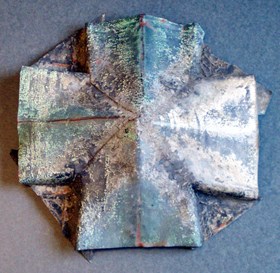
National Park Service, Statue of Liberty NM The history and use of Ellis Island as an immigration station and hospital from 1892 to 1954 During rehabilitation of the architectural structures on Ellis Island, actual building components, such as the decorative copper flashing and drainage downspout, that are unique to the site or a time period are collected when the features have both interpretive, exhibit value and use as the template for future restoration or reconstruction of buildings. 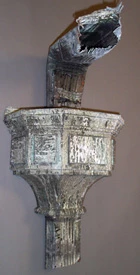
National Park Service, Statue of Liberty NM 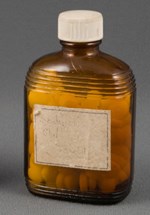
National Park Service, Statue of Liberty NM Attention is also given to the administrative history and official daily activities of Ellis Island when it was in operation as an immigration station focusing on the public health, medical and legal inspection policy for immigrants conducted by the United States Immigration and Naturalization Service, and the United States Public Health Service. Public Health Service work on the Ellis Island is represented in the museum collection by items such as plates and medicine bottles found on site in the hospital buildings. 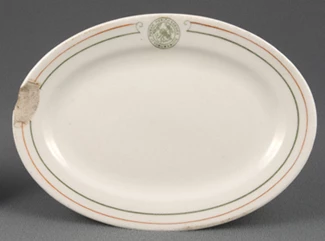
National Park Service, Statue of Liberty NM Some of the medical personnel employed on the island gave oral histories, diaries and photographs to the museum and this material is available for research in the museum archives and museum collection. 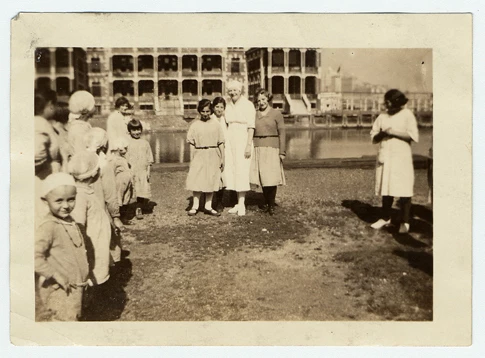
National Park Service, Statue of Liberty NM 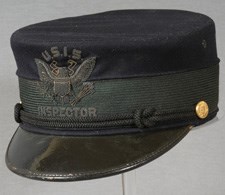
National Park Service, Statue of Liberty NM Immigration processing on Ellis Island left an indelible mark on all immigrants, from their arrival to, hopefully, their departure from the island to new lives in the United States. An attempt is made for the museum to acquire artifacts that were associated with this process. Immigration Service uniforms, Inspection Cards and literacy test cards developed in response to the 1917 Immigration (Literacy) Act tell the story of the history of the immigrant experience on Ellis Island. 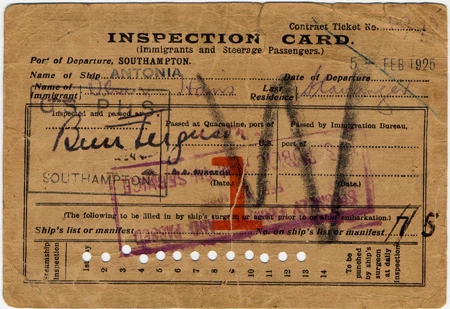
National park Service, Statue of Liberty NM 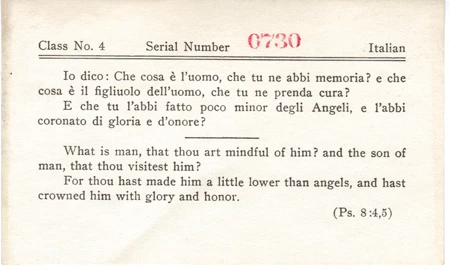
National Park Service, Statue of Liberty NM Immigration processing on Ellis Island went into decline after the passage of the 1924 Quota Act which imposed strict laws on immigration. The work done on Ellis Island after this Act focused more on detaining and the deportation of people from the United States. 
National Park Service, Statue of Liberty NM 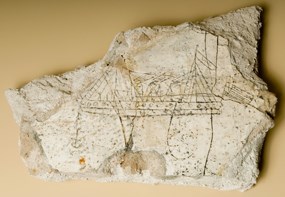
National Park Service, Statue of Liberty NM People held in detention throughout the history of Ellis Island often expressed their feelings by writing on the walls of their rooms. Some of this graffiti is preserved and documented in the museum collection. |
Last updated: February 26, 2015
